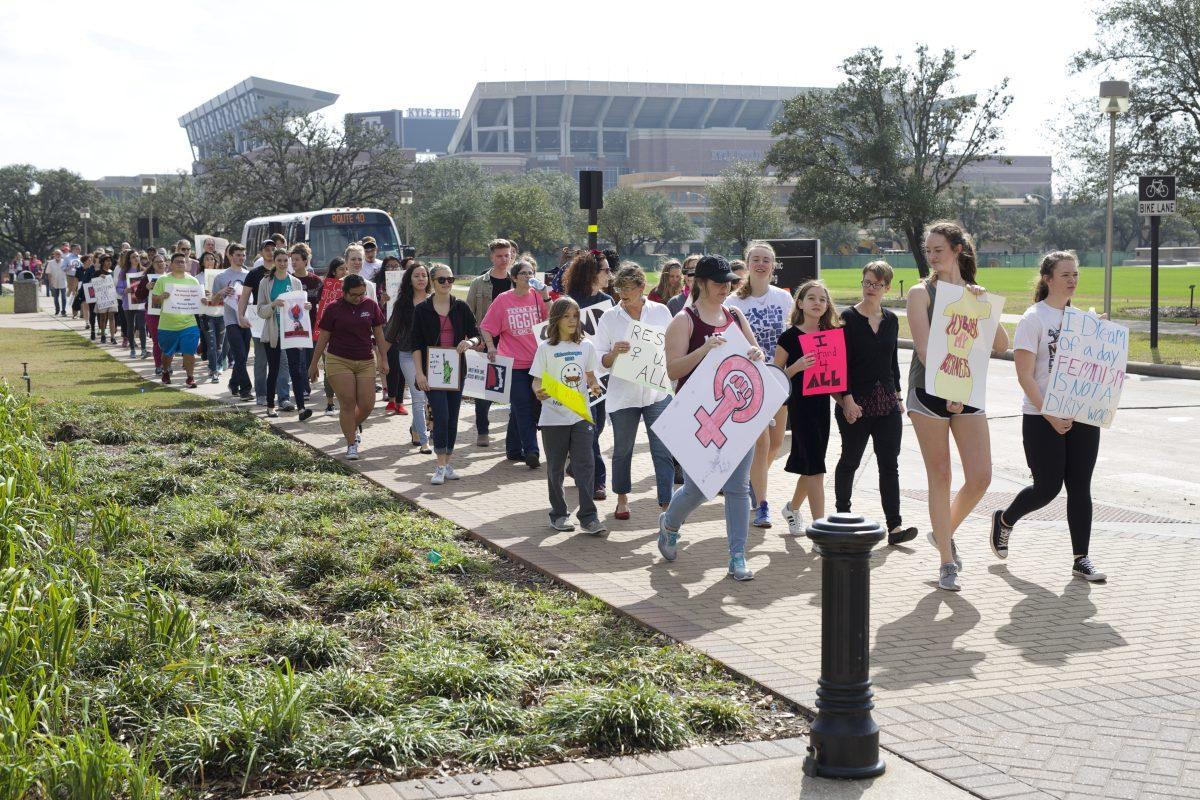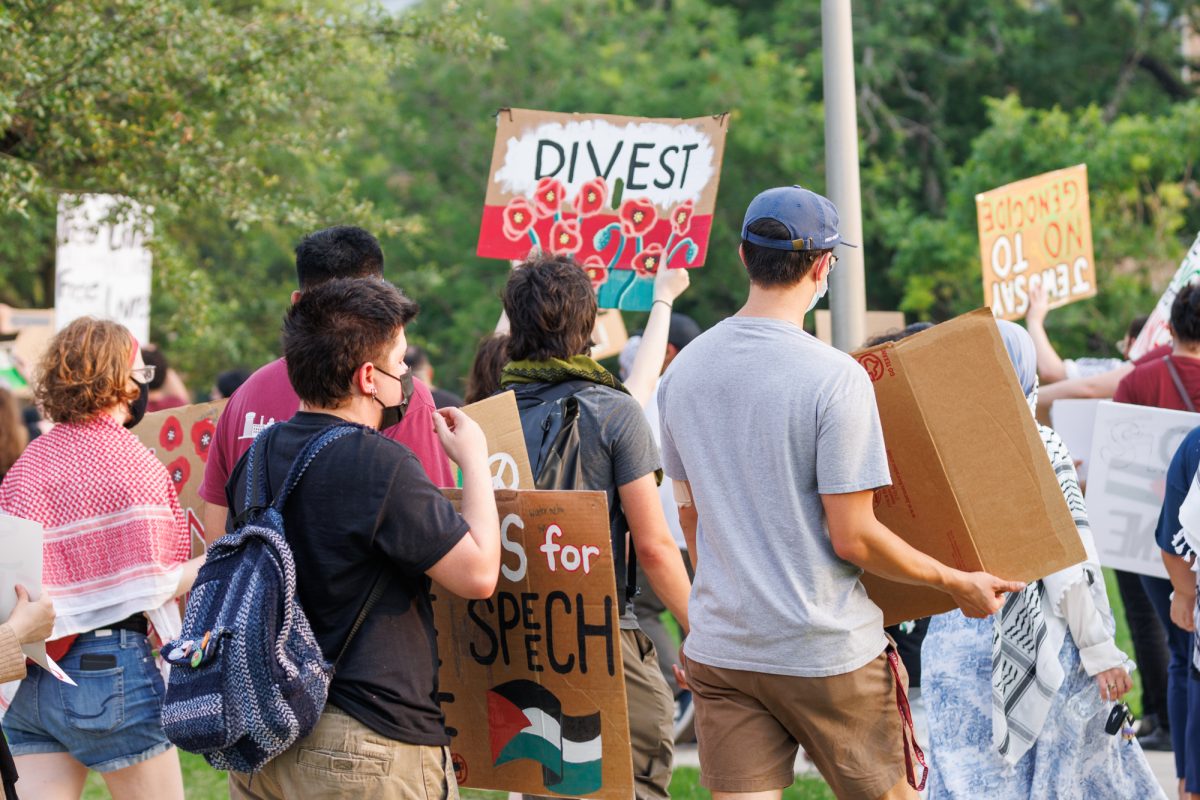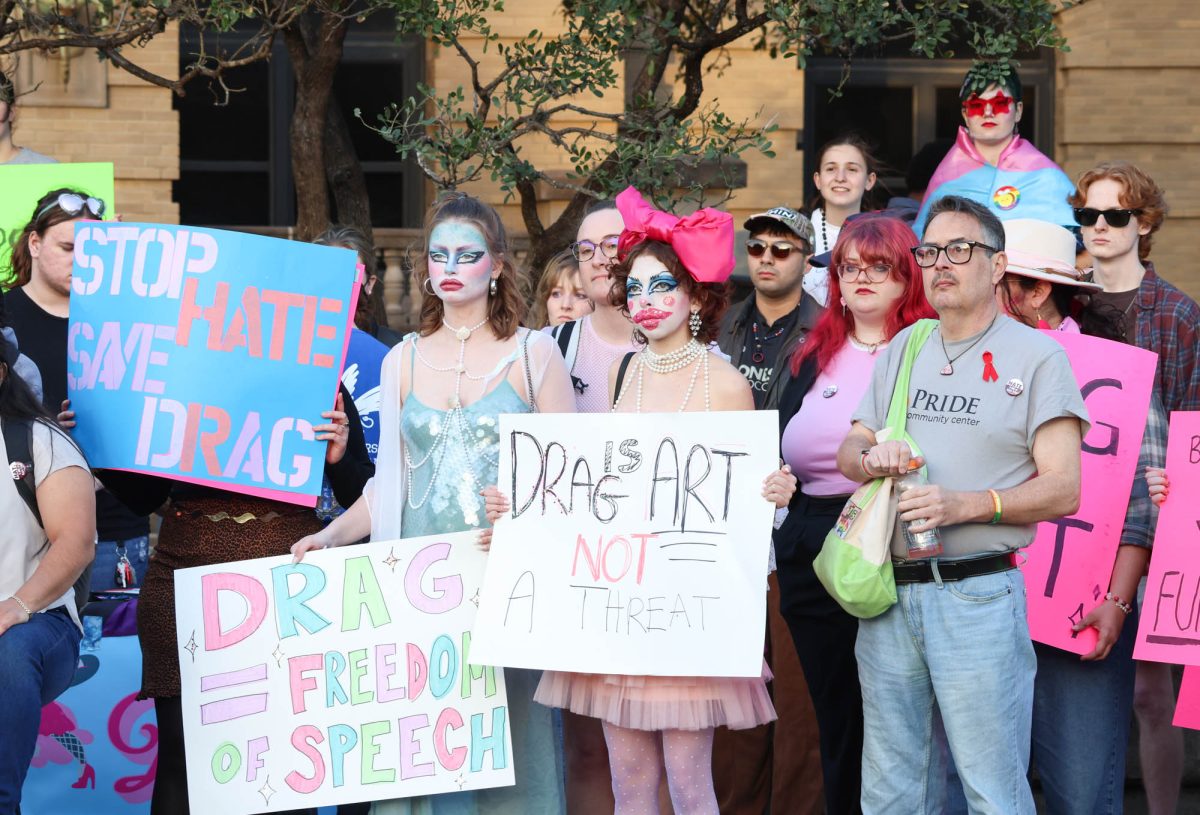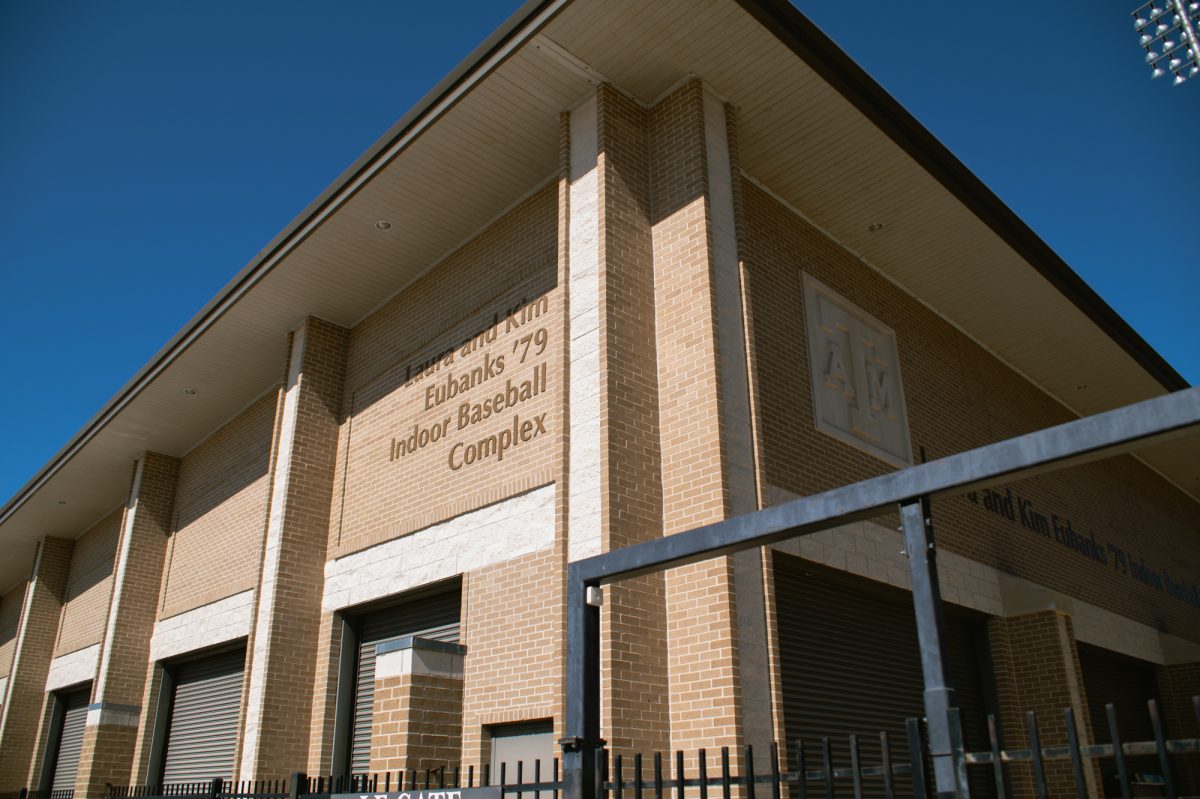Political science junior Maddison Ellis stood at the concrete edge of Rudder fountain, megaphone in-hand, and began chanting, “women’s rights are human rights.”
In turn, the crowd made up of approximately 50 people followed Ellis, marking the beginning of a march around A&M’s campus this Saturday in support of feminism, one of hundreds of marches around the country mirroring the larger Women’s March in Washington D.C.
“This is honestly the first time I’ve marched for anything,” associate professor Lisa Baumgartner said. “I do not want to see a repeal of the progress we’ve made the last 50 years of my lifetime.”
The end of a heated election cycle, a widely divided national discussion of social rights and the inauguration of President Donald Trump were all reasons which lent themselves to protest, Baumgartner said.
“This happened organically,” protest organizer Ellis said. “My Professor was in class telling us about the demonstrations and how there wasn’t one here and that’s how it started. I put my name up and put things on Facebook and people started following.”
During the march, passersby were seen shouting dissenting views, some comments in support of President Trump. Philosophy junior Everett Nelson said that the problem he saw with the protest did not lie with the act of protesting, but rather with what he referred to as the march’s disorganization.
“My personal take on it is if they’re going to support something, they need to make it more obvious,” Nelson said. “The signs were like ‘We want rights,’ but who are you marching for? Do they relate to the student body as a group? The most effective day [to protest] would be on a day when classes are actually happening, not on Saturday when no one is here.”
Juniors Anna Dean, anthropology, and Chris Holt, biochemistry, marched because the message was personal to their lives.
“I’ve always been a pretty staunch advocate for various women’s rights and minority rights,” Holt said. “I’ve started to notice various transgressions through the years, and I feel like one of the best ways we as students on such a world renowned campus can do to fight back against it, is to protest.”
Dean, who has dealt with these issues firsthand, said she thinks protesting is one of the best ways to be active in the political discussion.
“I’m a survivor so obviously women’s rights are very near and dear to my heart,” Dean said. “I think it’s important as an informed citizen to make your voice heard and one of the best ways you can do that — almost an obligation — is protesting and demonstrating and making sure that the collective that believes in your rights is being recognized for what it stands for.”
While the broad stroke idea behind the march lied in the national discussion, Baumgartner said the issue is alive at A&M, noting that female educators are held to higher standards than their male counterparts.
“[Women educators] have to be nicer to students,” Baumgartner said. “We also get lower evaluations, no matter what we do, just because we’re women. I have female and male students ask about my qualifications, everywhere I’ve taught, and I’ve taught at three institutions.”
Despite the protest’s message focusing on social change, TAMU library staff and Class of 1983 Cathie McQuistion said that A&M has come a long way and hope remains for the future.
“There were women trying to get in the band [when I was here] and the general student population didn’t want that and it was tradition, which is a wonderful thing, but sometimes can be a stumbling block to us moving forward, McQuistion said. “The fact that [Ellis] could gather so many people to support such a positive message that women’s rights are human rights… and that we can all work together on that is really cool.”










